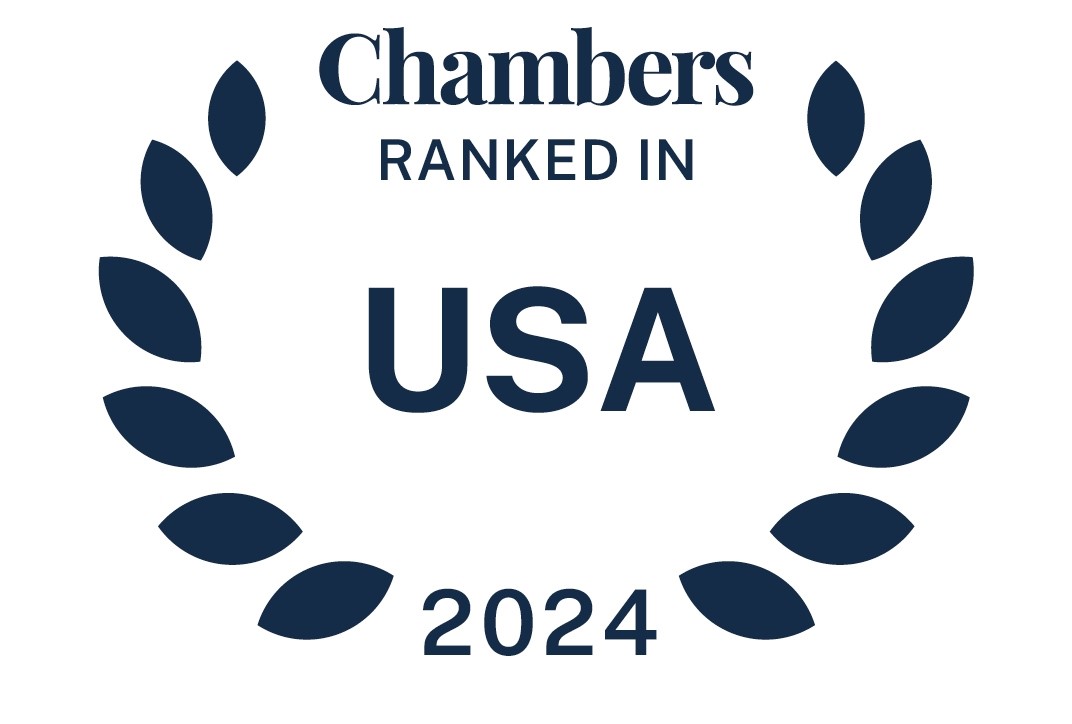May 11, 2024, marked one year since the end of the COVID-19 public health emergency (PHE), and not much has changed in Medicare telehealth policy. We are still operating under temporary waivers and flexibilities and, as a result, many pandemic-era virtual care policies are facing a cliff on December 31, 2024. This looms large during a contentious election year in which legislating has grown increasingly difficult.
This +Insight explores the virtual care policy landscape one year after the end of the PHE, and describes the actions Congress and federal agencies must take for such pandemic-era policies to continue.
read more

 Subscribe
Subscribe




